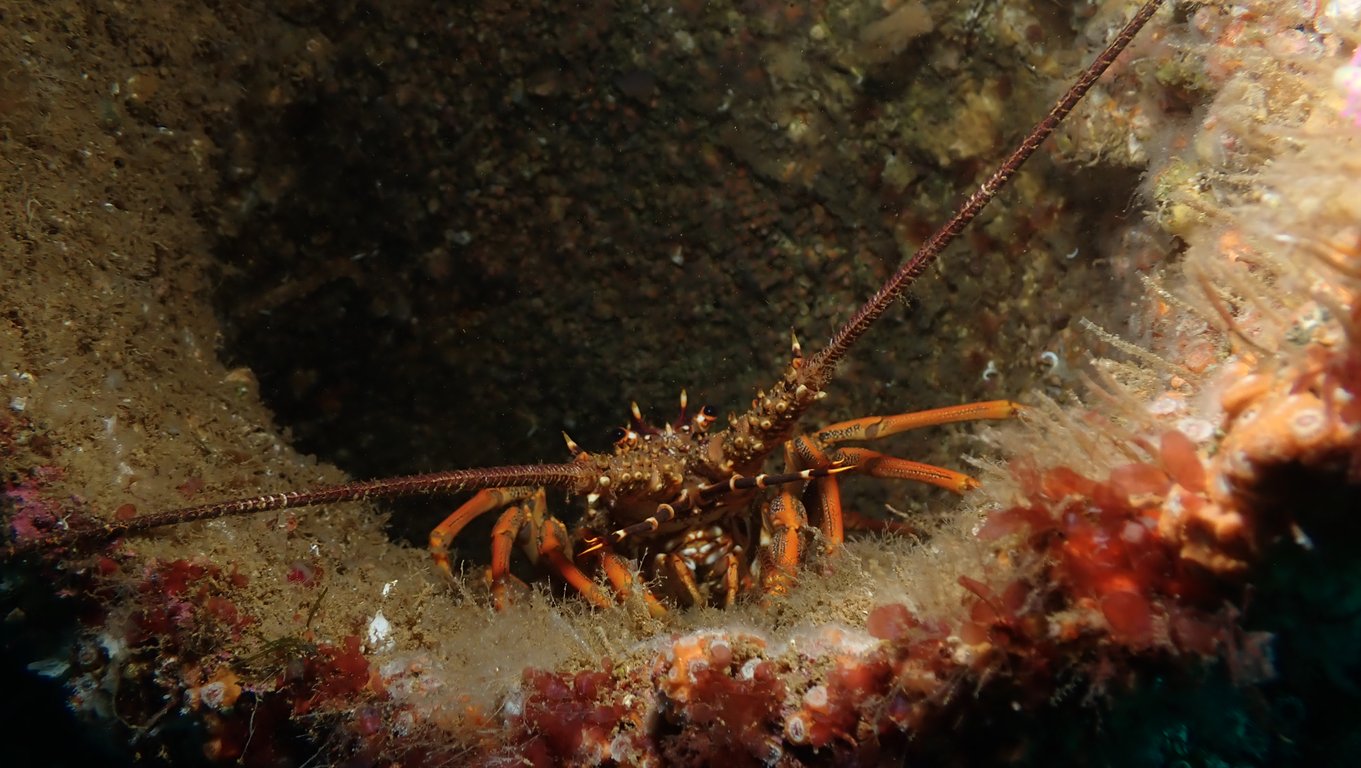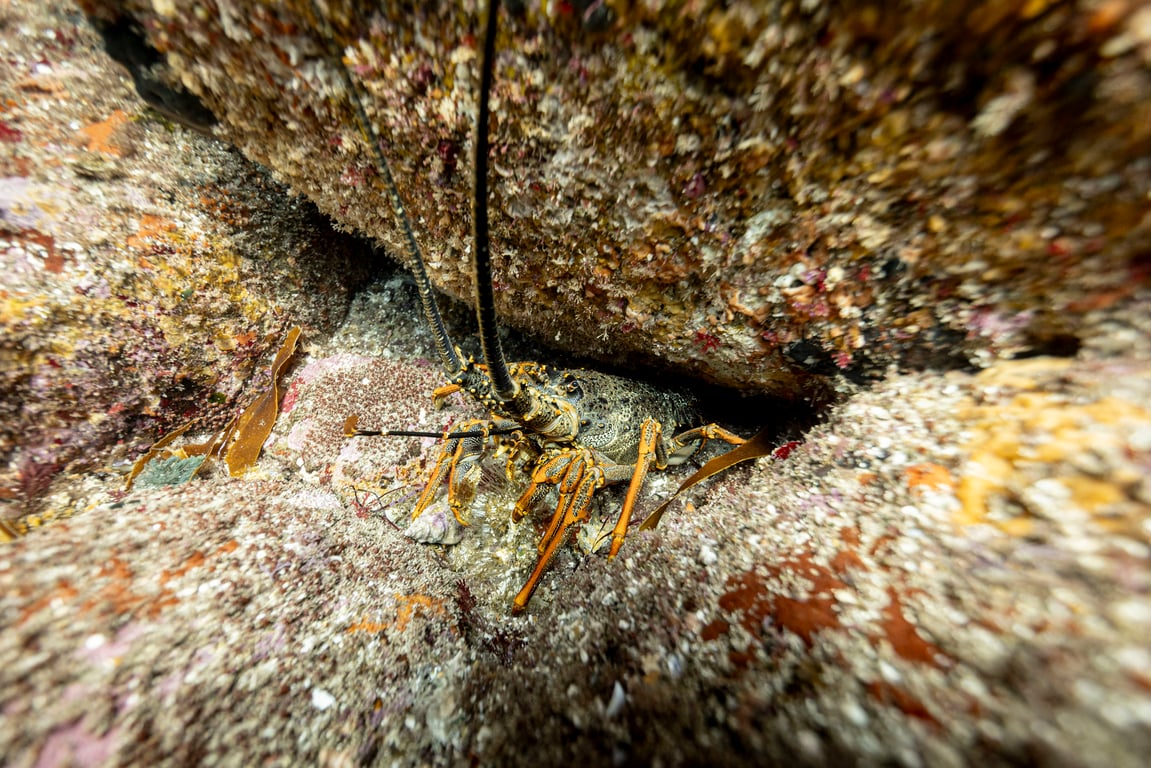Counting the cost of crayfish
Proposals are in process to manage the restoration of cray populations

For many of us, the classic summer staple of sharing crays after a successful day on the water is just a fond memory these days. Crayfish numbers across Northland and the Hauraki Gulf are so depleted that Fisheries New Zealand (FNZ) has proposed some drastic management measures to restore crayfish abundance.
One option being considered is to reduce the recreational daily bag limit for red rock lobsters in areas overrun by kina barrens. These are rocky reefs stripped bare of kelp by unchecked kina numbers.
FNZ has also flagged concerns that with fewer reds in the water, recreational fishers may switch to targeting their larger cousin, the packhorse rock lobster. Despite there being no sustainability concerns for packhorses, FNZ is considering cutting the daily bag limit anyway.

Alongside bag limit changes, FNZ has also proposed closures to crayfish harvesting in east Northland and the coastline between Te Arai Point and Cape Rodney. This would affect both commercial and recreational red rock lobster fishing.
In September 2025, LegaSea, the NZ Sport Fishing Council and the New Zealand Underwater Association submitted in support of the closures, and a review of both commercial and recreational catch limits. That's because the Minister for Oceans cannot lawfully allow harvest to continue knowing there are areas of significant depletion.
While closure may seem harsh, it's the fastest way to rebuild our crayfish populations. Closing any fishery isn't cause for celebration in any way, as it indicates a serious failure to protect species from over-harvesting. Catch limits have been too high for too long, and the reliance of self-reported data from commercial fishers has created a false picture of abundance.
To put things in perspective: the latest National Panel Survey estimated recreational fishers harvest around 10 tonnes of cray per year from the Hauraki Gulf (CRA 2 fishery). Commercial fishers take around 80 tonnes every year, most of which is exported.
LegaSea's most recent submission made it clear that there is no point in only changing recreational daily bag limits for crayfish. To have maximum impact on rebuilding the populations, commercial catch limits must be reviewed alongside any changes to bag limits.



